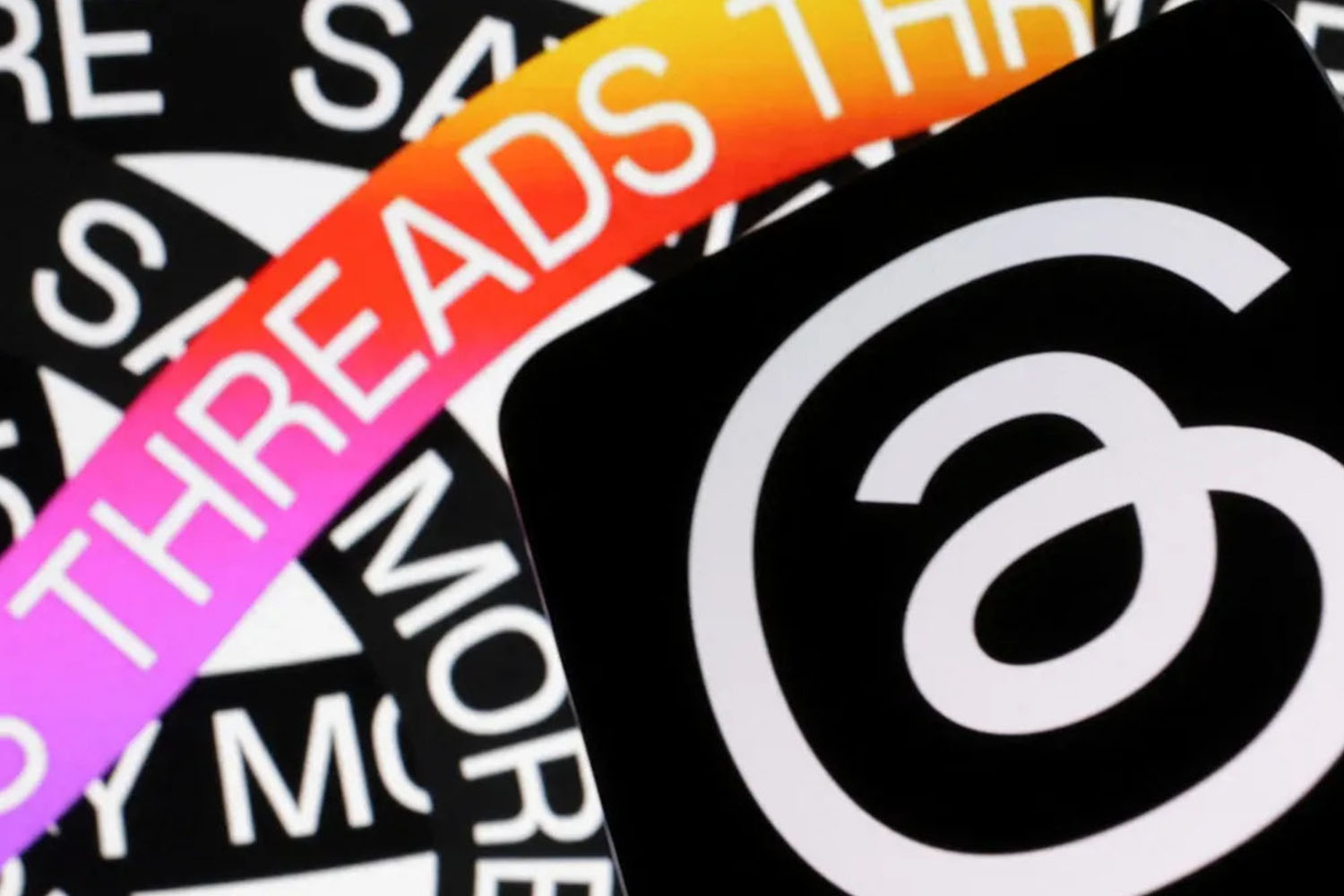Foresights

Threads and the evolving social media landscape
Social media has a firm grip on our attention and a significant influence on many of our lives. On average, we spend almost 2.5 hours on social media platforms a day, a figure which has been steadily rising over the last decade. It stood at just over an hour in 2013. At the same time, average time spent watching TV, or reading a newspaper has been declining.
Technology advances and social media innovation and choice, as well as changing content tastes have driven this march. Although some of the popular social media platforms today were launched before the smart phone really took off, most have grown in popularity more-or-less alongside its development.
In 2007 Apple pioneered the market with the launch of its iconic iPhone. Since then, we have all witnessed more powerful, faster devices, with better cameras and bigger screens. This has enabled social media to deliver new attention-grabbing features like live streamed video content and instant online shopping anytime, anywhere.
This year is LinkedIn’s 20th anniversary. Next year it will be Facebook’s turn. Twitter has been around for 17 years. Shaking up the market for photo and video driven content, Instagram was launched in 2010, followed by rival Snap Chat in 2011. Now Twitter has a battle on its hands, with Meta’s Threads competing for its market.
How do Twitter and Threads stack up?
Some key facts: Twitter has more than 353 million global users, but that number has reduced slightly since 2022 when it was 362 million . Could this be a result of the changes Elon Musk has been making to try to make the platform profitable? He has introduced a paid for subscription service called Twitter Blue. Meanwhile, ordinary users have some new restrictions, including how many posts they can view daily, for example.
According to reports, Threads had achieved 1.5 million users within 1.5 hours of its launch, which then grew to more than 100 million in 4 days, exceeding any other social media platform in history. Of course, this was accelerated by the fact that Instagram users, of which there are around 2 billion worldwide, can login with their existing credentials.
Many have commented that the look and feel, and basic functionality of both platforms is similar. In fact, Twitter is threatening to sue Meta, Threads’ parent company, for misappropriation of its trade secrets. Both allow posting, liking, re-posting, including photo, video content and links. However, Threads has a longer character count at 500 versus 280 on standard Twitter, as well as the ability to post videos of 5 minutes in length instead of 2. But Twitter has the advantages of a content search function and hashtags which can be helpful for tapping into a particular topic conversation. Twitter also offers more characters and longer videos to Blue subscribers.
Should companies and organisations jump onto Threads?
The primary considerations should be your communications objectives and your key audiences. This is not just about critical mass. Twitter may have more users than Threads for a while to come, but it is worth monitoring whether the stakeholders you want to reach are becoming active on Threads.
If you are already running an effective Twitter communications strategy, then the content could likely be easily adapted for Threads, so combined with the fact that the platform is free, the extra investment could be kept to a minimum.
If you do decide to give it a try, then make sure you measure it. Keeping a track of how your engagement rates develop will give you the best indication of whether you have the right strategy in place.
Whether the reported cage fight between Elon Musk and Mark Zuckerberg does go ahead or not, you can guarantee that there will be one almighty virtual fight taking place online over social media supremacy!
